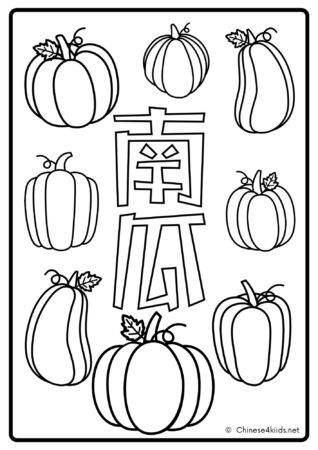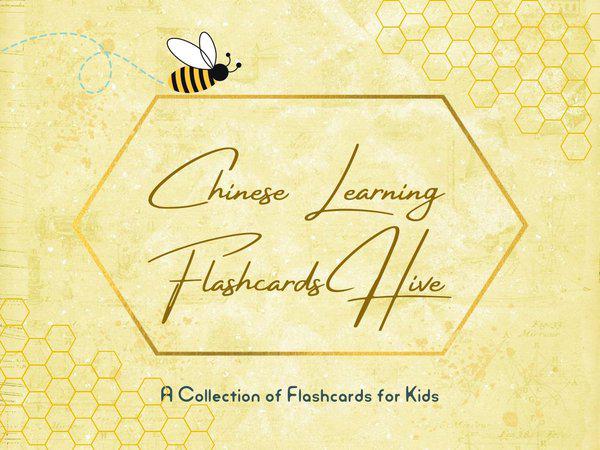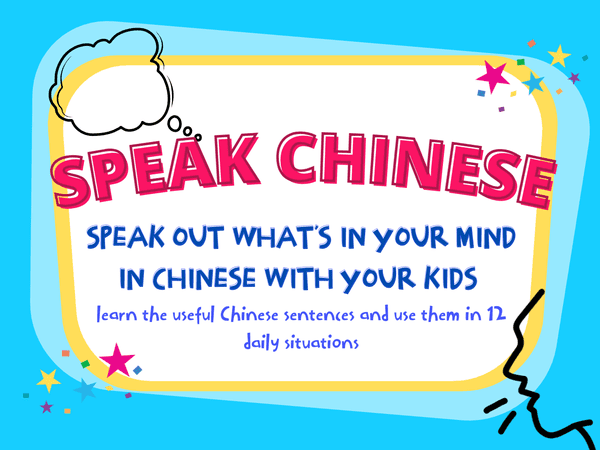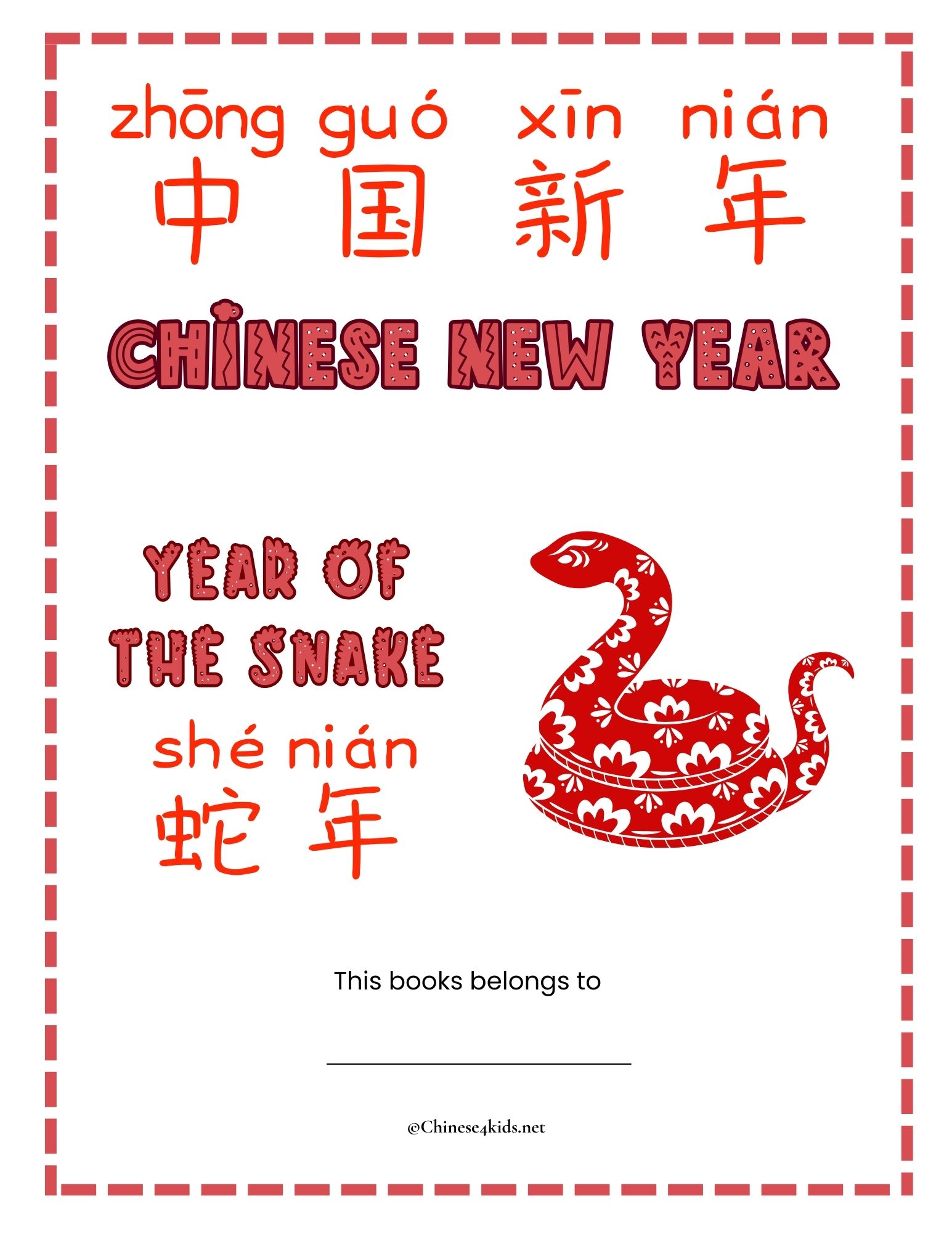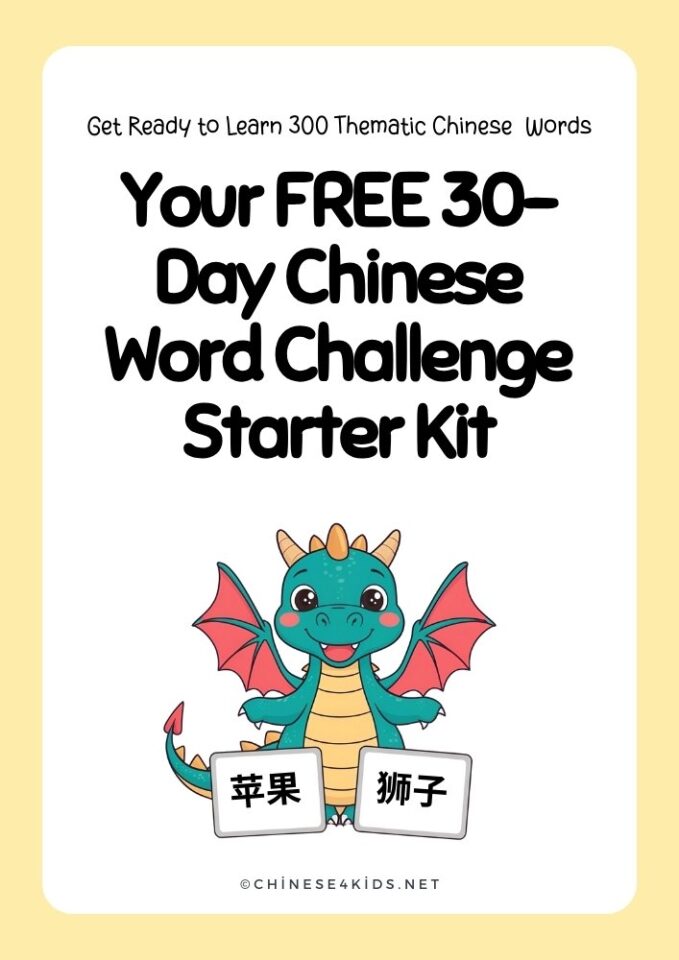
Home » Chinese learning activities for kids » 5 Creative Chinese Writing Methods That Kids Will Love
5 Creative Chinese Writing Methods That Kids Will Love

When it comes to learning Chinese, writing characters is often viewed as the boring part for children. But with the right Creative Chinese Writing worksheets and methods, it can be a fun and engaging experience. Here we are creating a range of innovative resources to help kids master Chinese writing while keeping them excited and motivated. Below are five types of worksheets that make learning Chinese characters interactive, enjoyable, and educational. These worksheets not only teach correct stroke order but also help kids practise basic Chinese vocabulary, which is crucial for building a strong language foundation.
1.Creative Chinese Writing Pictographic Characters Worksheets
Chinese characters often have deep connections to the objects they represent. The Pictographic Characters Worksheets help kids understand the meaning behind certain Chinese characters by visually connecting them to the real-world objects they depict.
For example, the character 山 (shān, mountain) visually resembles the peaks of a mountain, and 木 (mù, tree) looks like the trunk and branches of a tree. These worksheets make it easy for kids to associate the character with its meaning, which aids in memorization.
Another example of pictographic character writing practice is Chinese Zodiac Animal Words Tracing and Writing Practice Workbook . Most of the zodiac sign characters are pictographic ones.While practicing writing them, we can encourage students to connect them to how the animals look in real life.

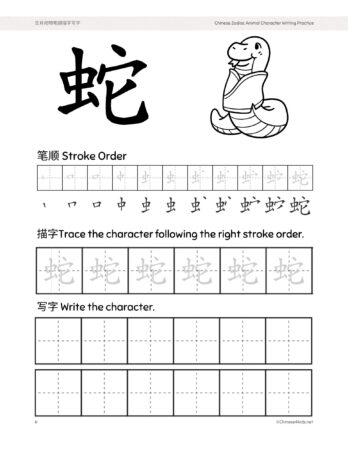
This approach works because it taps into children’s natural ability to remember images, helping them understand and retain the meaning of the characters more easily.
2. Theme Writing Worksheets
Themed learning is a fantastic way to keep kids interested in Chinese writing. The Chinese learning packs on our website feature the theme-based vocabulary writing worksheets. Examples include Halloween- Themed Learning Pack , Pumpkin-Themed Learning Pack , Planet-Themed Learning Pack, Gardening and Plants, Farm Animals, Thanksgiving , Valentine’s Day , and Mother’s Day learning pack , and Chinese New Year , and so on. They are perfect examples of how to tie seasonal or thematic content into language lessons.
Let’s have a look at Pumpkin Theme: Kids can learn to write characters like **南瓜** (nán guā, pumpkin) as they engage with fun Halloween or fall-related activities. This pack includes worksheets for tracing and practicing writing characters associated with pumpkins, making the learning process visually stimulating and relevant to what they see around them.
Themed packs make Chinese writing feel more relevant and fun. These worksheets create a connection between the words children are learning and the world around them, making the vocabulary easier to retain.
3.Color and Learn Writing Worksheets – Fun and Engaging Writing
For younger children or visual learners, the Color and Learn Chinese Worksheets are a great tool. These worksheets allow kids to color in pictures while practicing writing the corresponding Chinese characters, which creates a multi-sensory learning experience.
For example, children can color a sun while practicing writing 太阳 (tài yáng, sun) or a tree while learning 树 (shù, tree). The visual component of coloring helps reinforce the shape and meaning of each character, making the learning process feel like a fun art project. You can find the Color and Learn Chinese Vocabulary Worksheets.
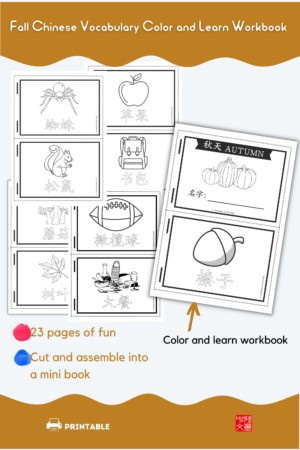
This method works because it taps into children’s creativity and helps them build an emotional connection to the vocabulary they are learning. It’s especially helpful for younger students who may find traditional worksheets less engaging.
To start, you can use color and learn 4 seasons series. Planets Color and Trace Chinese Practice Worksheets is another good workbook.
4. Stroke-Order Writing Workbooks
Learning the correct stroke order is essential when it comes to mastering Chinese writing. The Chinese Character Writing Workbooks provides structured practice, ensuring children develop a solid foundation in writing Chinese characters correctly.
Each worksheet in this workbook focuses on specific characters, guiding kids through the correct stroke order with traceable lines. The repetitive practice helps students remember the correct way to form each character, which is crucial for readability and fluency. The workbook contains 100 common Chinese characters, perfect for beginners.
Another good example is Chinese Numbers 1-100 Count and Trace Flashcards . With this set of flashcards, kids can easily learn to count as well as to write the numbers 1-100 in Chinese.
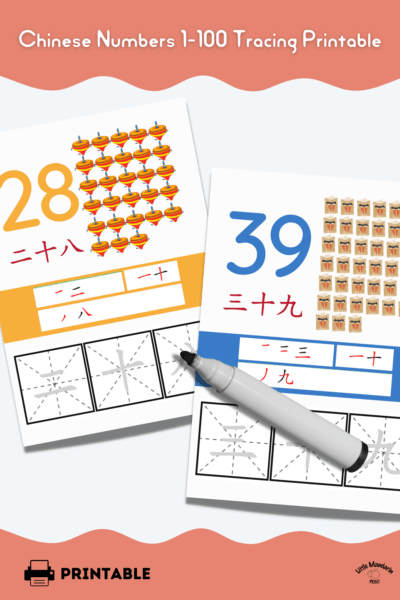
These workbooks are especially effective because they allow children to gradually move from tracing characters to writing them independently, helping them build confidence in their writing abilities.
5. Interactive Writing Ideas: Sand and Air Writing
Sometimes the most effective worksheets are not worksheets at all. Interactive writing techniques like sand writing and air writing can be integrated into your lessons to help kids develop a tactile understanding of Chinese characters.
– Sand Writing:
Kids can trace characters like 水 (shuǐ, water) or 火 (huǒ, fire) in a tray of sand. This hands-on activity engages multiple senses and allows children to physically feel the shapes of the characters as they trace them with their fingers. You can use the Pictographic Characters to help children learn to
– Air Writing:
This is a great technique to get kids up and moving. They can practice writing characters in the air with their fingers while saying the strokes aloud, helping reinforce both the movement and the verbal components of learning.
Both sand and air writing turn Chinese character practice into a more dynamic, fun, and memorable experience. These techniques are great for breaking up more traditional worksheet-based lessons and adding some physical movement to the learning process. To practise sand writing and/or air writing, you don’t really need worksheets. You can model the character on board and ask the students to follow; you can also use flashcards or character posters which show the stroke orders for students to write after as individual work.
Why These Creative Chinese Writing Worksheets/Methods Work
These five types of exercise are highly effective because they engage multiple senses, encourage repetition, and tie language learning to the real world. By using thematic worksheets like those in the Planets Pack, kids can connect their Chinese vocabulary lessons to everyday experiences. The Color and Learn worksheets add a creative element, while the Stroke-Order Workbooks ensure children develop correct writing habits early on. Finally, integrating interactive techniques like sand writing and air writing adds a physical and fun dimension to language practice.
Practicing basic Chinese vocabulary is crucial for building a strong foundation. The more children practice writing characters, the better they will internalize both the form and meaning of the words. The worksheets and methods available on Chinese4kids.net offer a variety of ways to keep this practice exciting and effective, ensuring kids stay engaged and motivated as they learn to write in Chinese.
If you like this post, share it

You May Also Be Interested:
- Chinese4kids Membership – a portal for busy Chinese teachers and parents
- Chinese learning flashcards Hive – a flashcards library that with regular additions of new quality Chinese learning flashcards
- Chinese learning worksheets collection – Also a part of Chinese4kids membership, this collection is for teachers and parents who want to have access to engaging worksheets and activity sheets created for kids learning Mandarin Chinese as an additional language
- Speak Chinese with Kids Course
- Chinese Vocabulary Made Easy Course
Recent Posts
Join Our Membership
Enroll to A Course
Buy An eBOOK
Our Posts


